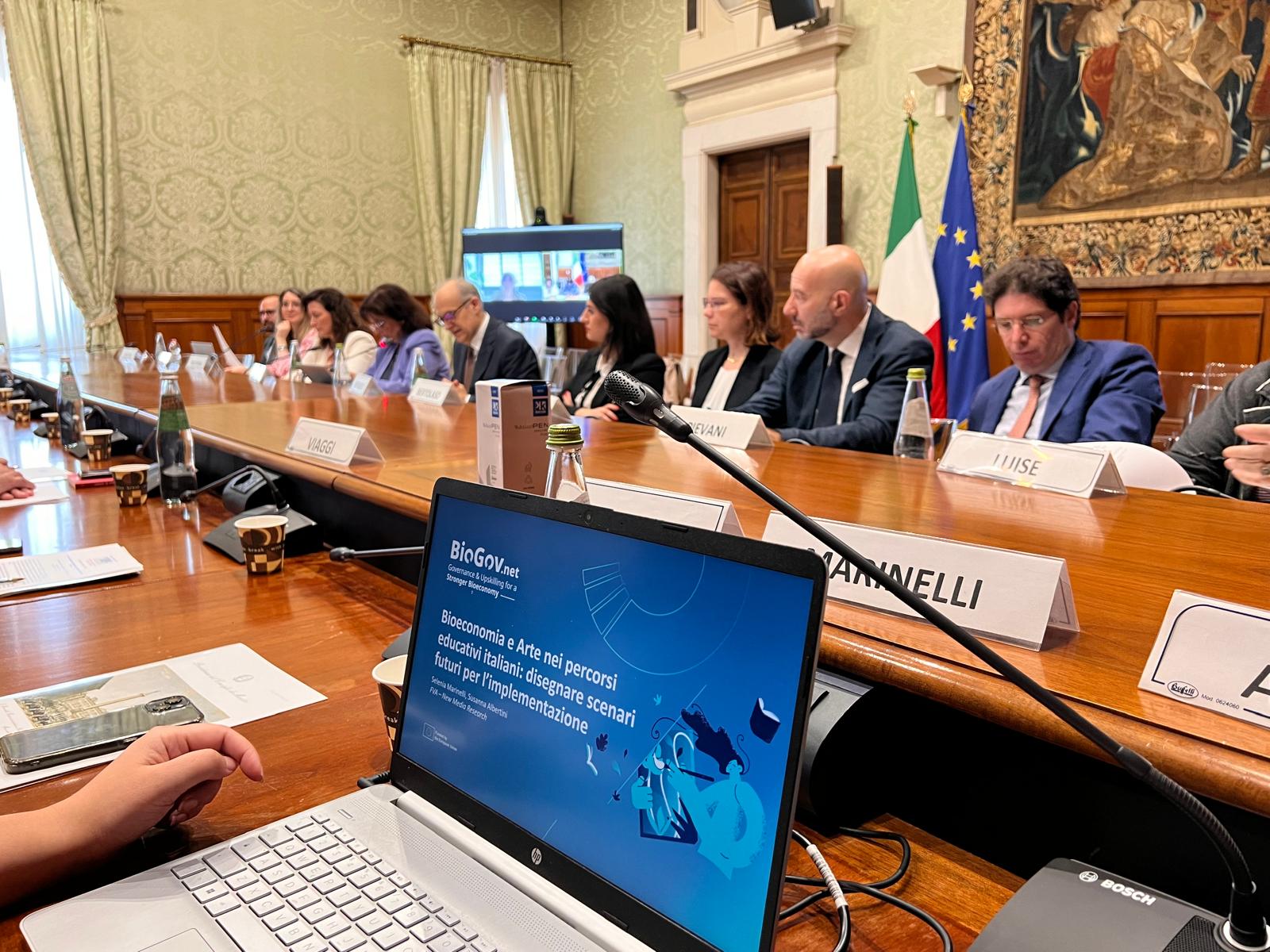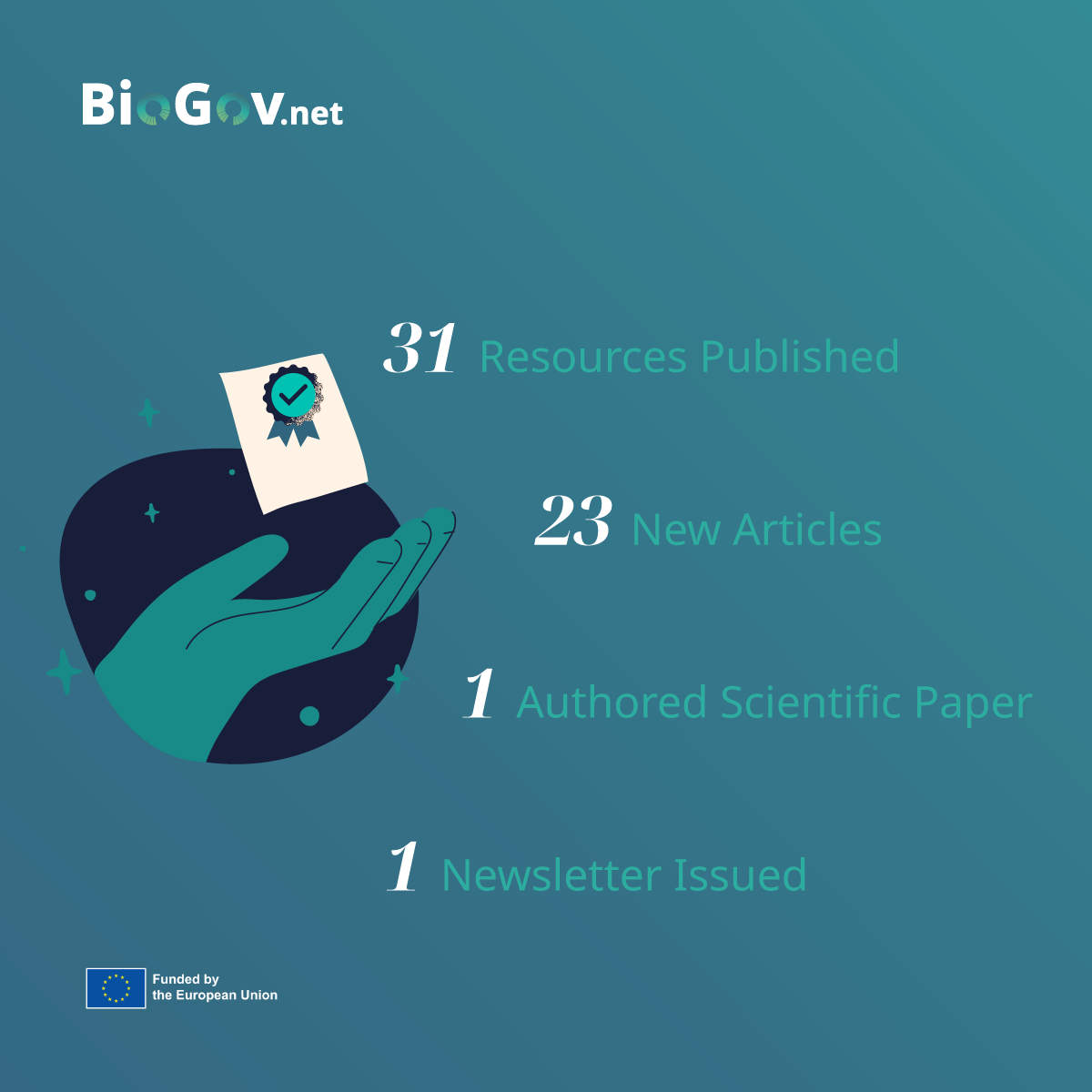In this article, we shine a spotlight on the mapping and analysis of case studies that are transforming the landscape of adults‘ bioeconomy education.
With sights set on establishing innovative governance models in bioeconomy education, the initial work of BioGov.net aimed to gather invaluable insights into existing practices, identify key elements of success and provide inspiration for future endeavours.
An exciting focal point of our exploration lies in the role of art in bioeconomy education, tapping into human creativity to meet diverse educational needs and also special attention is paid to vulnerable groups to ensure social inclusion.
BioGov.net presents a collection of exemplary practices in bioeconomy education, grouped into eight categories: Higher Education, Vocational Education & Training, Entrepreneurial Education, Art for innovative thinking, Art to address different learning styles and facilitate inclusion of marginalized people, Art for communication and inspiration, Bioeconomy integration in design and professions, and Inclusion of marginalized groups.
- Existing actions towards good governance approach to trainings and skills building.
- Key-elements for flexible training courses accessible for all; social innovation and new engagement approaches related to bioeconomy strategies and its goals.
The collection includes 27 case studies that offer valuable insights:
- Germany: The Bioeconomy Certificate Course is an example of higher education training and retraining providing practical training in bioeconomy fundamentals.
- Estonia: Bioeconomy, innovation and achieving climate neutrality in the rural economy training prepares advisors to provide practical solutions to those involved in the rural economy on issues related to the different areas of bioeconomy and circular economy, innovation and achieving climate neutrality. The training is an example of bioeconomy education, training and retraining in vocational education.
- Netherlands: Blue City Circular Challenge is a form of entrepreneurial education in the bioeconomy fostering eco-innovative thinking.
- EU: The Scenario Exploration System is a board game that uses scenarios from foresight studies to support the long-time perspective (eg. bioeconomy transition) of the participants. This way, the game elicits new ways of thinking and develops skills needed in bioeconomy education.
- Portugal: Circular Centre Quiz is an online game promoting knowledge about the circular economy. It represents an example of using art to elicit new ways of thinking and develop skills needed in bioeconomy education.
- Slovakia: Project 4 LIVES combines theatre and sustainability education to communicate messages and inspire people.
- Italy: Sustainable Art Prize presents a way of injecting bioeconomy into design, art or architecture. It is a prize dedicated to an artist or a collective of artists working on sustainability issues who, using artistic language, actively disseminates issues related to major global challenges.
- Greece: Ecumenical workshops for refugees integrate art for inclusion and skills training. Refugees are taught by professionals to cutting, sew and change clothes so that they are able to sew for their family and friends, and also to find work in the textile industry.
These case studies inspire positive change, shaping a sustainable and inclusive future in bioeconomy education.
Learn more about BioGov.net Case studies in our library, you can choose from 27 case studies from 8 different countries!
Authors: Jana Bielikova- PEDAL Consulting


